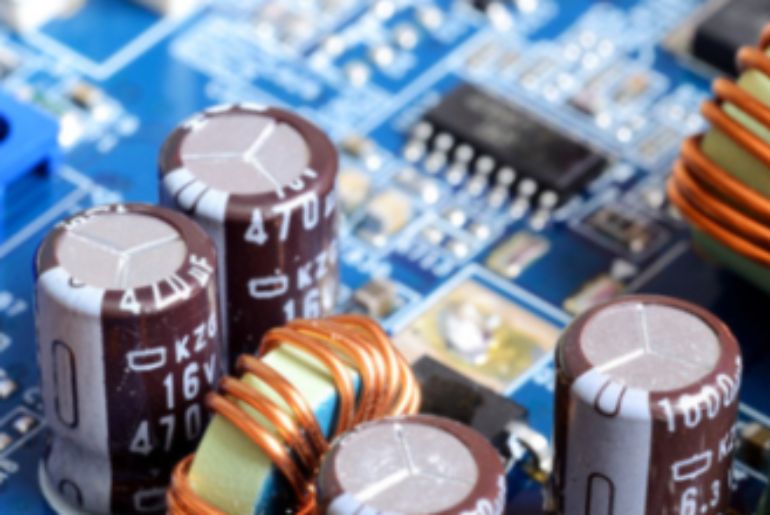Power electronics are the foundation of today’s technology. This branch of electronics is changing how we use electrical power, from electric cars to renewable energy systems. This article explores the importance, uses, and the prospects they will hold in the future.
Understanding Power Electronics
In its simplest form, power electronics is defined as the use of solid-state electronics to control and convert power. It is the control of electrical energy by the application of semiconductor devices like diodes, transistors, and thyristors. While most electronics are concerned with signal transmission and processing, they are concerned with converting electrical power from one form to another in the most efficient manner possible with minimal losses.
Some of the main applications include the following;
1. Electric Vehicles (EVs)
The use of power electronics is most visibly manifested in electric vehicles. Power systems control battery charging, motors, and energy conversion in EVs. Inverters, which are essential in EVs, convert the DC power from batteries to AC power that the motors use. Sophisticated power electronic systems increase EVs’ efficiency, performance, and durability, making them a feasible option for ICE vehicles.
2. Renewable Energy Systems
Solar and wind energy are some of the most popular renewable sources that rely on power electronics for energy conversion and connection to the power grid. Photovoltaic inverters take the DC power produced by solar panels and convert it into AC power that can be fed into the grid. Likewise, wind turbines utilize electronics to rectify the variable-frequency AC power produced by the turbines into stable grid-frequency AC power. These systems help to achieve the maximum extraction of energy and proper functioning of the grid.
3. Power Grids and Smart Grids
They are essential in upgrading power systems. HVDC transmission systems, which employ power electronic converters, transmit electricity over long distances with low losses. Also, smart grids utilize electronics to incorporate renewable energy systems, enhance the grid’s stability, and monitor and manage electricity distribution in real-time.
4. Consumer Electronics
Power electronic technologies enhance consumer electronics, from laptops to smartphones. Voltage regulators, converters, and power supplies regulate the voltage and current to ensure that devices run effectively and without the risk of damaging the circuits. Sophisticated solutions help reduce charging time, increase battery life, and reduce power consumption, improving the users’ experience.
Advancements in Power Electronics
Power electronics is a dynamic field constantly developing due to the development of semiconductor devices and the need for effective energy conversion. Key trends shaping the future include:
1. Wide Bandgap Semiconductors
Silicon has been the material of choice for power electronic devices for several decades. However, new materials such as silicon carbide (SiC) and gallium nitride (GaN) are classified as wide bandgap semiconductors. These materials provide better performance, higher operating frequency, and better thermal characteristics than silicon, which makes them suitable for high-power applications.
2. Integration and Miniaturization
The trend towards miniaturization and higher efficiency of devices is resulting in the use of several power electronic components in a single module. This trend reduces the system’s size, weight, and complexity while increasing its performance and reliability. The miniaturization process is highly dependent on packaging technologies and thermal management systems.
3. Digital Control and Artificial Intelligence
Digital control techniques and artificial intelligence (AI) are revolutionizing power electronics. Digital controllers offer accurate and variable control of power electronic systems, improving their characteristics. AI algorithms for predictive maintenance, fault detection, and control of power electronic devices are presented, leading to the development of more intelligent and reliable systems.
Future
The future is promising, and new developments will help solve some of the world’s most critical energy problems. Thus, power electronics will remain a key enabler of clean and efficient energy solutions as the world moves towards a more sustainable future. From promoting electric cars to incorporating renewable energy sources, it will be the key to the green revolution.
Conclusion
Power electronics is not always in the limelight but has significantly advanced today’s technology. As a result, it is in the middle of the technological revolution due to its ability to facilitate energy conversion and management. With the development of semiconductor materials, digital control, and AI, the application will expand even further, opening a new chapter of growth and green energy.

